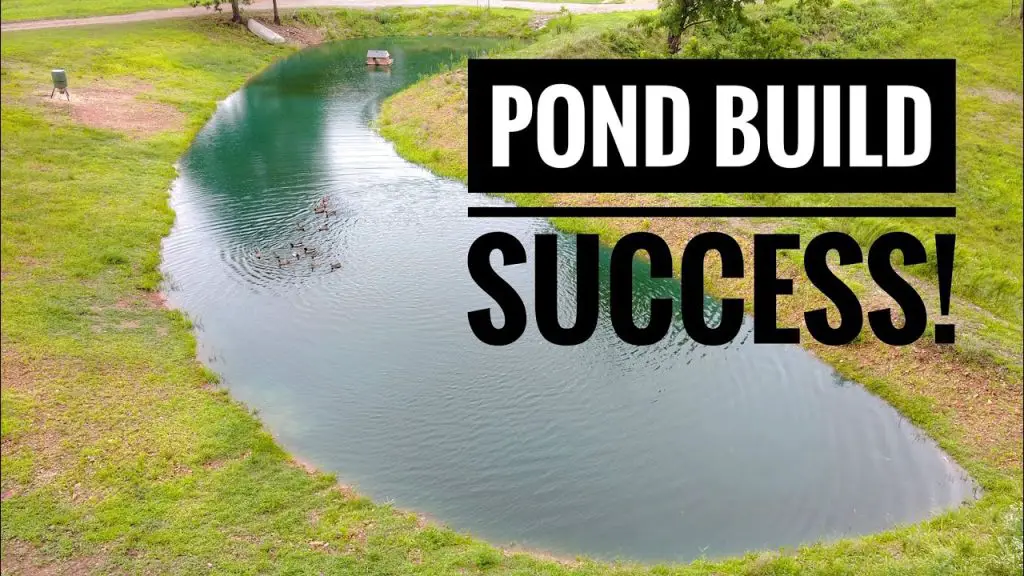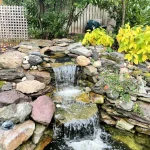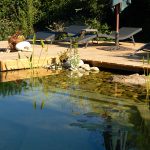Creating Your Own Fishing Pond: A Step-by-Step Guide
If you’re a fishing enthusiast, there’s nothing quite like the satisfaction of catching your own fish from a pond that you’ve built. Building a small pond for fishing can be a rewarding and enjoyable project. Whether you’re a beginner or a seasoned DIYer, creating a fishing pond is a great way to add a touch of nature to your property and provide a serene spot for relaxation and recreation. In this guide, we’ll walk you through the steps to build your own small fishing pond.
You Can Use This Aerator For Fishing Pond
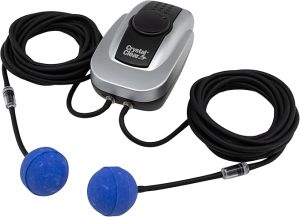
Step 1: Planning and Site Selection
Before you start digging, it’s important to plan and select the right site for your fishing pond. Consider factors such as the size of the pond, the type of fish you want to stock, and the available space on your property. Choose a location that receives a good amount of sunlight and is relatively level to ensure proper water drainage.
Step 2: Obtain Necessary Permits
Depending on your location, you may need to obtain permits or approvals from local authorities before building a pond. Check with your local government or environmental agencies to ensure that you comply with any regulations or requirements.
Step 3: Marking and Excavation
Once you’ve selected the site and obtained any necessary permits, it’s time to mark the area where the pond will be located. Use stakes and string to outline the shape and size of the pond. Then, begin excavation by digging out the marked area. Consider the depth and shape of the pond based on the type of fish you plan to stock and your local climate.
Step 4: Pond Liner Installation
After excavation, it’s time to install the pond liner. Choose a high-quality, durable liner that is suitable for fish ponds. Ensure that the liner completely covers the excavated area and extends beyond the edges to prevent water leakage.
Use This Liner For Fishing Pond
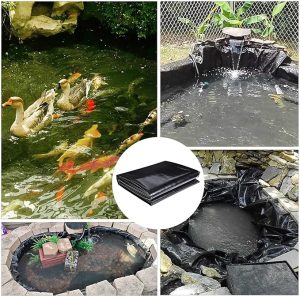
Step 5: Water Source and Filtration
Determine the water source for your pond, whether it’s natural springs, well water, or rainwater collection. Install a reliable filtration system to maintain water quality and clarity. Proper filtration is essential for creating a healthy environment for fish to thrive.
Step 6: Stocking Your Pond
Now comes the exciting part – stocking your pond with fish! Consult with a local fisheries expert to determine the best types of fish for your pond and the appropriate stocking density. Consider species such as bass, bluegill, catfish, or trout, depending on your location and climate.
Step 7: Landscaping and Vegetation
Enhance the natural beauty of your fishing pond by adding landscaping and vegetation around the perimeter. Plant native aquatic plants to provide habitat for fish and improve water quality. Consider adding rocks, logs, and other natural elements to create a more natural and inviting environment for both fish and anglers.
Step 8: Maintenance and Care
Once your fishing pond is established, regular maintenance is crucial to ensure the health and well-being of the fish and the overall ecosystem. Monitor water quality, perform regular water changes if necessary, and inspect the pond for any signs of damage or leaks. Proper maintenance will help you enjoy a thriving and productive fishing pond for years to come.
Benefits of Building a Fishing Pond
Building a small pond for fishing offers a multitude of benefits for both the environment and the fishing enthusiast. Here are a few reasons to consider creating your own fishing pond:
1. Personalized Fishing Experience: With your own fishing pond, you can create a customized fishing experience tailored to your preferences and needs.
2. Enhanced Property Value: A well-designed fishing pond can add value to your property and enhance its overall appeal.
3. Conservation and Sustainability: By creating a natural habitat for fish, you contribute to conservation efforts and promote environmental sustainability.
4. Recreational Enjoyment: A fishing pond provides a peaceful and relaxing space for recreational fishing, outdoor gatherings, and nature appreciation.
Conclusion
Building a small pond for fishing is a fulfilling and enjoyable project that offers a range of benefits for both the environment and the individual. By following the steps outlined in this guide, you can create your own fishing pond and enjoy a personalized fishing experience right in your own backyard. Whether you’re a novice angler or a seasoned fishing enthusiast, the process of building a fishing pond is a rewarding endeavor that brings the joy of nature and fishing together in a harmonious and sustainable way.


